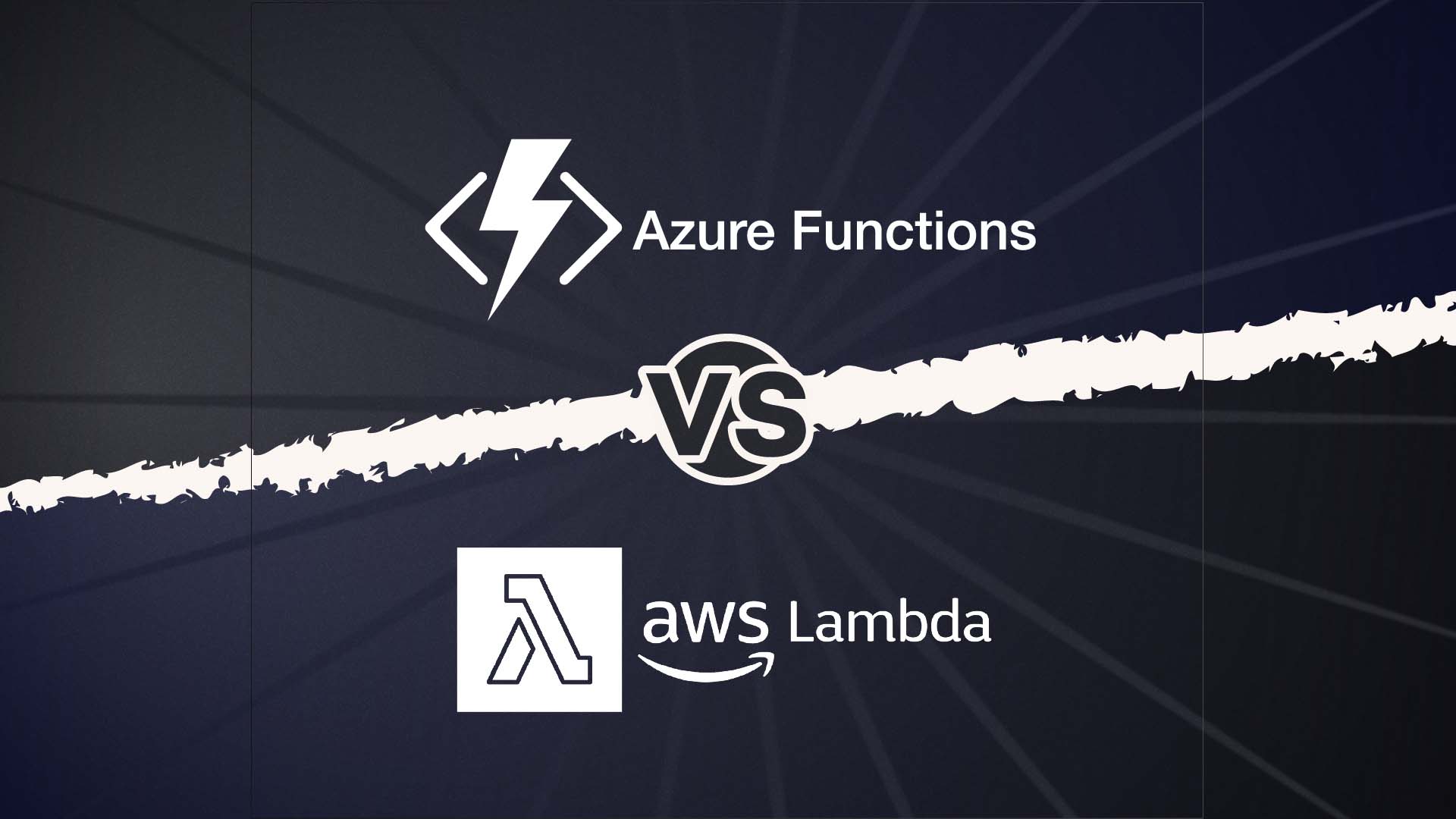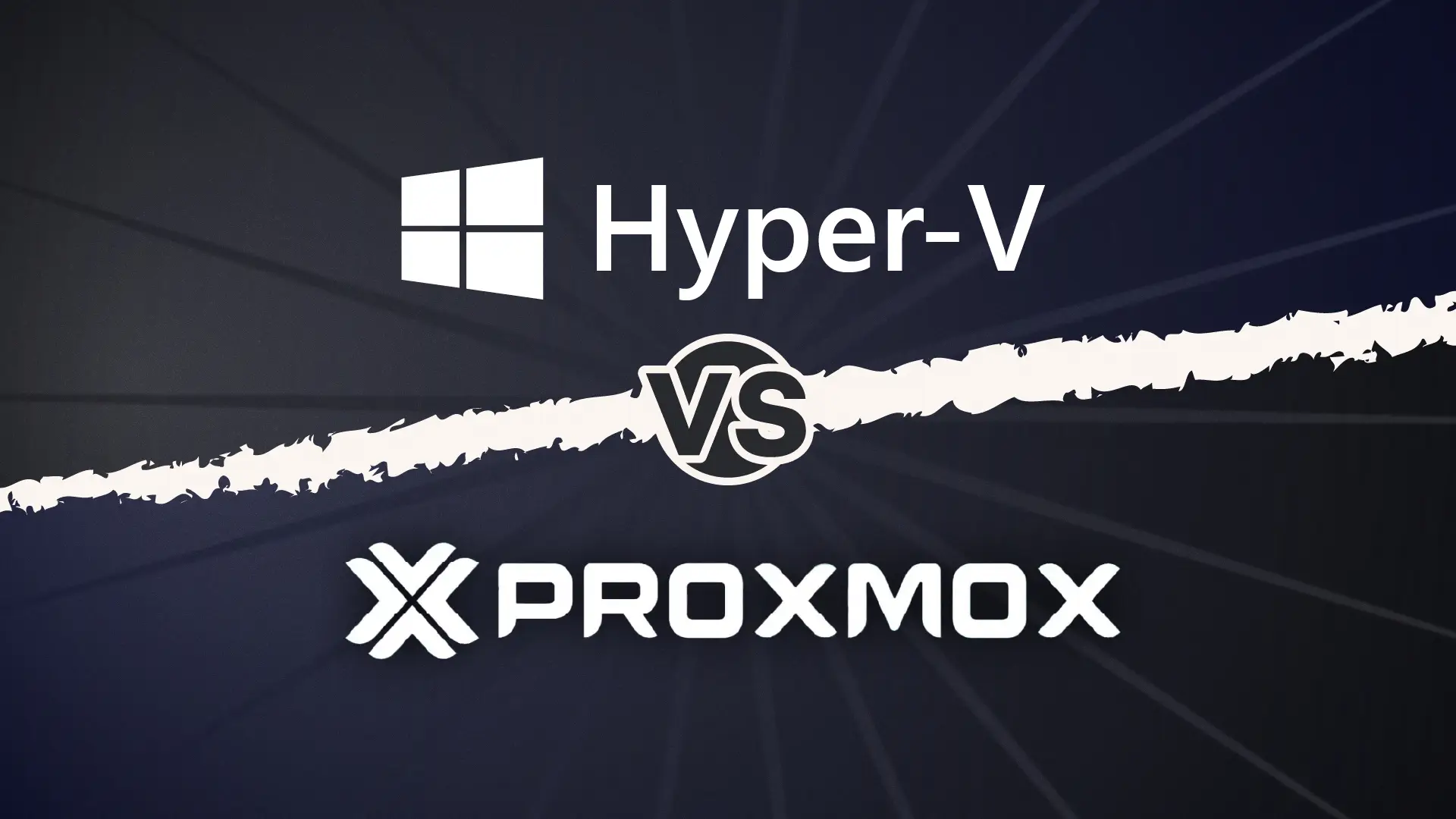It’s easy to fall into the trap of thinking technology alone will save you. Tools like CrowdStrike, Sophos, SentinelOne and the rest are excellent — but they’re not a silver bullet. Too many organisations treat them as an outsourced responsibility: “We’ve bought the shiny thing, so we’re safe.”
Unless someone is actively looking after those tools — deploying them correctly, configuring policies for your specific environment, and maintaining them day to day — they won’t protect you the way you think they will. Security doesn’t come in a box.
As Alex puts it: “Security is a constant, proactive journey, and as soon as you pause, you’ll start to stagnate. You’ll suddenly realise your authentication policies are out of date because you haven’t looked at them in five years, and you’re still using a standard username and password for external authentication.”
Technology should be an enabler — but only if it’s combined with the right people, processes, and proactive mindset. Otherwise, it’s just a very expensive comfort blanket.
And that’s the wider problem. In the market, we see plenty of big organisations with a habit of throwing money at tech rather than recognising that security is a journey — one that cuts across people, processes, and technology. You’ve got to take the time to understand what your actual problems are and then tackle them in a structured, security-first way. Keep piling tools onto your stack without a fully thought-out plan, and all it takes is one small oversight to become the gap attackers slip through.





